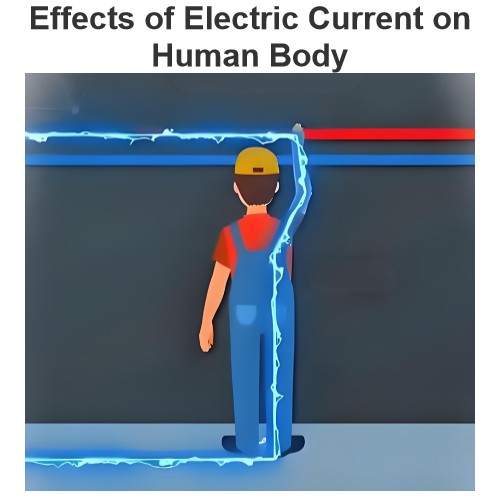What are some common causes of electrical outlet failure?
Some common causes of power socket failures are as follows:
I. Overload usage
Connecting too many electrical appliances
Users may connect too many electrical appliances to one power socket. For example, in a family, multiple devices such as a television, computer, stereo, and charger are connected to an ordinary socket at the same time. When these devices are working simultaneously, the total current may exceed the rated current carrying capacity of the socket.
The consequence is that the conductor inside the socket will heat up severely, which may lead to deformation of the socket, damage to insulation, and even cause a fire.

Using high-power equipment
Connecting high-power electrical equipment such as electric heaters and air conditioners, while the rated power of the socket cannot meet the needs of these devices. For example, if a socket with a rated power of 2200 watts is connected to an electric heater with a power of 3000 watts, the socket will be in an overloaded state.
This may cause the contact points inside the socket to overheat and melt, resulting in the socket being unable to work properly.
II. Poor contact between plug and socket
Plug wear
Plugs that have been in use for a long time may become worn, resulting in poor contact with the socket. For example, if the metal sheets of the plug become thinner, deformed, or oxidized on the surface, it will affect the contact performance with the socket.
Poor contact will generate an arc. The arc will erode the contact points of the socket and plug, further aggravating the poor contact situation and also increasing the risk of fire.
Loose socket
An insecure installation or long-term use may cause the socket to become loose. For example, if the screws of a wall-mounted socket are loose or the internal fixing parts of the socket are damaged, the socket will shake when the plug is inserted.
A loose socket will reduce the contact pressure between the plug and the socket, increase the contact resistance, and thus generate heat and arcs, affecting the normal use of the socket.
III. Impact of humid environment
Invasion of water vapor
In humid environments such as bathrooms and kitchens, water vapor may invade the socket. For example, water vapor generated during bathing may enter the socket through the gaps.
Water vapor will reduce the insulation performance of the socket, leading to faults such as leakage and short circuit. In severe cases, it may cause an electric shock accident.
Splashing water into the socket
If water is accidentally splashed onto the socket, it will directly cause a short circuit. For example, when washing vegetables in the kitchen, water may splash onto a nearby socket.
A short circuit will generate a large instantaneous current, which may burn out the socket and even cause a fire.
IV. Quality issues
Inferior materials
Some low-quality sockets may be made of inferior materials, such as metals with poor conductivity and plastics with poor insulation performance. For example, using copper with low purity as a conductor will have a large resistance and is prone to heating.
Sockets made of inferior materials are prone to failures during use and have a short service life.
Poor manufacturing process
Poor manufacturing processes of sockets may also lead to failures. For example, insecure welding and inadequate insulation treatment. These problems may gradually become apparent during use and cause faults such as short circuits and leakage.
Sockets with poor manufacturing processes may be difficult to distinguish in appearance, but they will bring great safety hazards in actual use.
The Electricity Encyclopedia is dedicated to accelerating the dissemination and application of electricity knowledge and adding impetus to the development and innovation of the electricity industry.













